Dazzlingly colourful fine jewellery timepieces for women caught our eye at Salon QP’s special exhibition Gems of Time. We spoke to the exhibition curator Caragh McKay, who holds passionate yet lucid and frank views on this lesser-known exclusive segment of the watch industry.
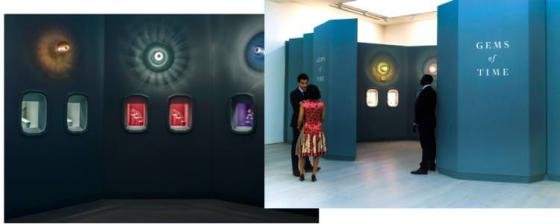
Gems of Time, an exhibition devoted to high jewellery watches, took place at SalonQP in London in November 2015. It approached an exclusive segment of timepieces under the theme of ‘The Art of Colour’ – highlighting unique creations in precious, vibrant hues. We met with Caragh McKay, Telegraph Time editor and curator of the exhibition, which also featured illustrations by the fashion illustrator Nuno Da Costa.
-
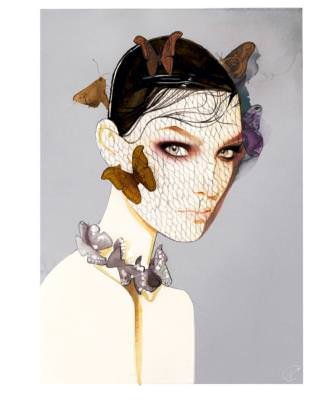
- Illustration by Nuno Da Costa
Why did you launch the Gems of Time exhibition?
I had the idea when I visited Audemars Piguet in Le Brassus. They produce unique jewellery timepieces once a year. I found their products extremely avant-garde. People think that jewellery watches are tiny cocktail ornaments but actually they are sculptures, works of art. I wanted to bring them into the spotlight. Brands put a lot of effort into the design of these timepieces but as they are not meant for mass production, there is no real structure to promote this segment of the watchmaking industry. At the same time, this exclusivity allows the designers of jewellery timepieces to work in great freedom, hence their audacity. I wanted to tell this story as an exhibition.
This is your second year at SalonQP…
Yes, last year we revealed for the first time what is paradoxically a little-known facet of the world’s best-known high jewellery houses – the jewelled watch. This second edition gave us an opportunity to build on that, revealing further intricacies of the collaboration between the jeweller, setter and watchmaker. Together, they create jewels rooted in a craft tradition but make them modern by taking creative risks with artisanal techniques. Last year, the goal was to introduce jewellery watches as pieces of art. This year, I wanted to focus on colours. We started with rough emeralds: I wanted Gemfields to be part of the exhibition because their stones are very natural, in contrast with the ‘show-off’ cliché that surrounds jewellery watches. We also unveil the different possible cuts of the emerald, from baguette to cushion cut.
-
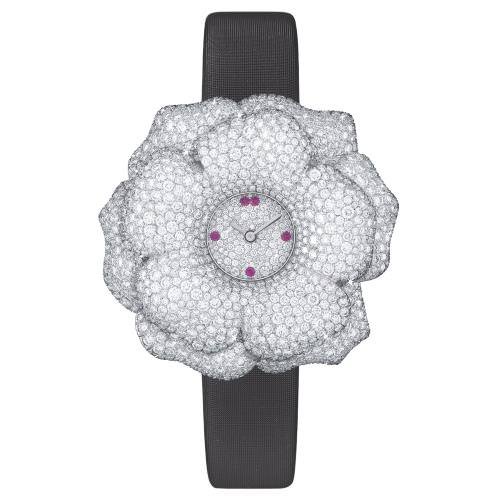
- Montre Extraordinaire La Rose in White Gold by Jaeger- LeCoultre
Then we jump to the striking Montre Extraordinaire La Rose in white gold by Jaeger-LeCoultre!
If you look closely, on the dial it has five beautiful sapphires: these little colours make a difference. It is a unique piece, a proper high jewellery timepiece, a sculpture. On the wrist, it feels like a flower. As a brand, Jaeger- LeCoultre is really reinforcing its activities in high jewellery. We also showcase complications for women, the celestial watches in their Rendez-Vous collection. These are strong watches, not cocktail watches!
Do you see more complicated watches designed especially for women?
Of course, all the complications were intended for men in the first place, but they are equally appropriate on women’s wrists. However, I think that this whole idea of complications for women is a nonsense. If you like complications as a human being, you buy them! Personally, I am interested in how the design was engineered on a watch. To me, it is not about men or women. The question should be: do you like technical watches or not?
-
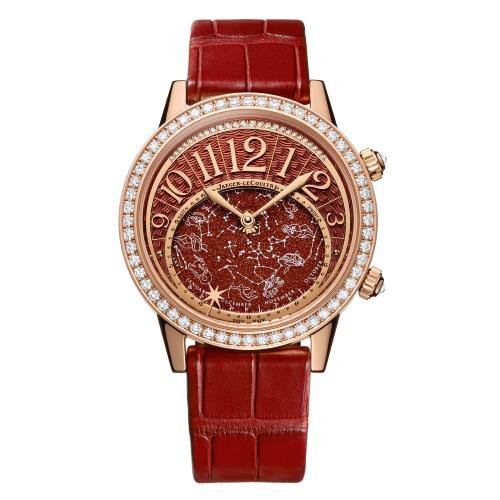
- Rendez-Vous Celestial in pink gold by Jaeger-LeCoultre
Still, the market seems to be going in the direction of technical watches for women…
The only reason the demand is changing is because the market has been focused on men’s watches for so long! Now brands realise the purchasing power of women. But in the end, if you engineer your watches in a genuinely creative way, for instance by combining jewellery and complications like in the Rendez-Vous collection, it does not matter what the market dictates. You create brilliant timepieces. There is also a virtuous circle unrolling: the more complicated watches are launched, the more educated women become about horology. Still, I refuse to reduce it to a men versus women phenomenon.
-
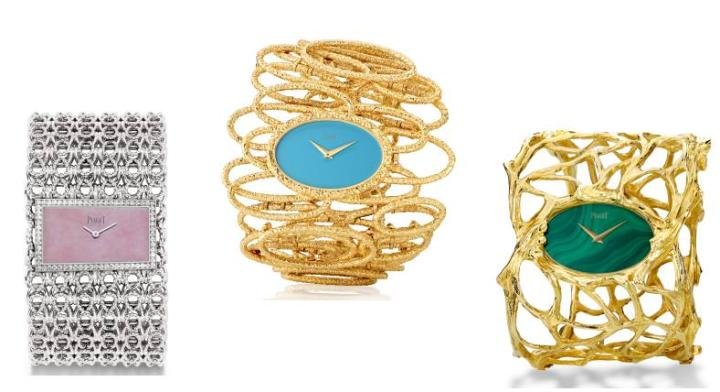
- Vintage Cuff and Extremely Cuff watches by Piaget
You also present vintage inspired timepieces by Piaget. Are remakes a strong trend today?
Their cuff watches are indeed heritage pieces, inspired by the 1970s. The reason I wanted Piaget to be part of the exhibition was particularly because of their semi-precious stone dials, but also because they started inviting fashionable women to wear watches in the 1970s, like Jacqueline Kennedy. It was glamorous but also very avant-garde in the design again, which is a common feature of all watches exhibited here. They use a very fine embroidery technique and their abstract dial is extraordinary.
-
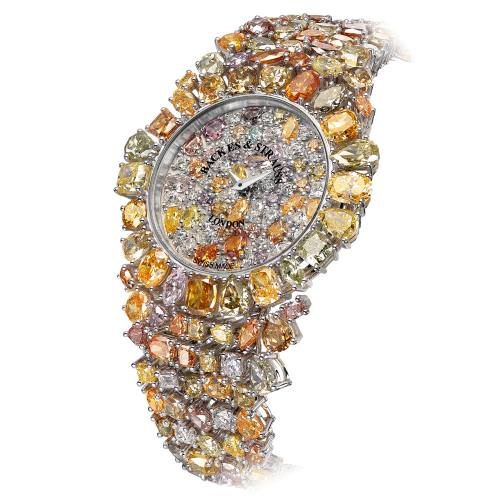
- The Piccadilly Princess Royal Colours by Backes & Strauss
Another part of your exhibition is devoted to rather densely ornamented timepieces by British jeweller Backes & Strauss…
We chose to invite them because of their British heritage and also because the design of all of their timepieces is inspired by London architecture. If you look at the original designs of John Nash, the creator of Regent Street, you will find similar shapes in their watches. Their timepieces look like the paving, the cobblestones of the street. Indeed, they don’t look like any other watch.
-
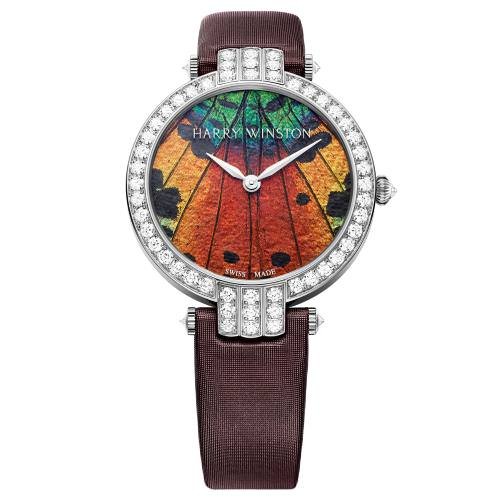
- Premier Precious Butterfly Automatic by Harry Winston







